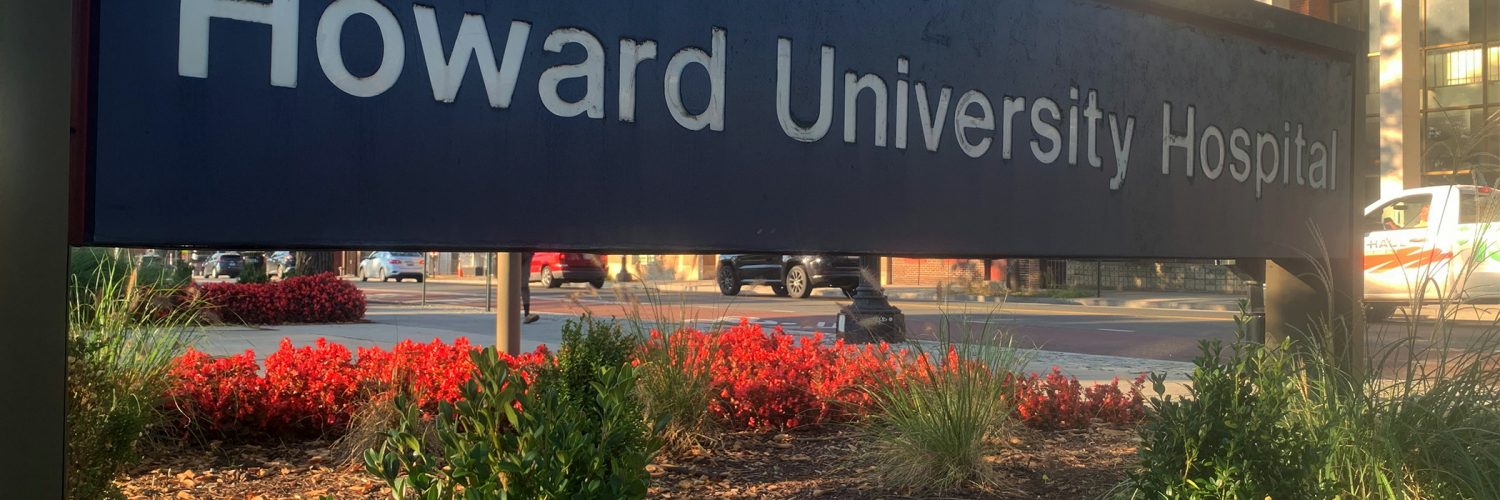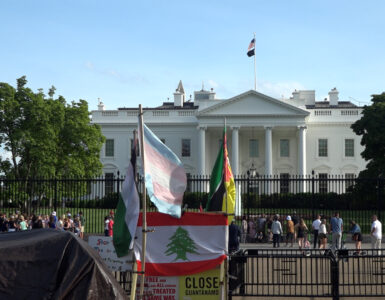Amid the coronavirus pandemic, plans are underway for two new hospitals in the District: George Washington University’s new hospital will open by 2024 and Howard University’s hospital is projected to open in 2026.
Mayor Muriel Bowser signed a bill in August that would allow George Washington University to create a new 136-bed hospital east of the Anacostia River on St. Elizabeth’s campus in Ward 8. And in September, the D.C. Council passed legislation that would give Howard University $225 million to build a new, 225-bed hospital on its Georgia Avenue campus in Ward 1.
Both hospitals are “sorely needed,” Councilmember for Ward 5 Kenyan McDuffie said during a recent council meeting. There is currently one hospital east of the Anacostia River, which is predominantly Black and low-income.
Howard University Hospital is both one of the country’s few historically Black teaching hospitals and a trusted source of health care for residents who live near it.
The two projects were planned long before the coronavirus pandemic began, but the way the illness has affected communities of color has highlighted the need for a more robust health infrastructure.
More than 600 D.C. residents have died during the coronavirus pandemic, and around 75% of those people were Black. That’s because many Black people are front-line workers. Many minority communities have long lacked access to quality health care, making members of these communities more likely to have a preventable illness, according to the Centers for Disease Control and Prevention.
“If you have more than one or two chronic conditions, this virus gets a hold of you and immediately attacks and exacerbates the conditions you already have,” Calvin Smith, the chair of the Ward 8 Health Alliance, said.
Trusted access
Anita Norman, the ANC commissioner for LeDroit Park, has lived in that neighborhood for 27 years. She is within walking distance of Howard University Hospital and Medstar Washington Hospital. But she primarily walks to Howard University Hospital for her care.
“It’s good when hospitals serve communities where the people look like them,” said Norman, who attended Howard University and worked as a nurse for the hospital for 10 years.
She said it’s important for doctors, nurses and other health care providers to understand the background from which people are coming. Howard University, and the surrounding areas of LeDroit Park and Bloomingdale, are historically Black neighborhoods.
Washington D.C. has 13 hospitals, but only one full-service hospital (marked in blue) east of the Anacostia River. It will close when the new hospital (marked in green), opens in 2024. Howard University Hospital will also open a new facility (marked in green) in 2026.
The cultural competence of staff, the ability for uninsured people to receive care and the ability for adults to receive preventative care all contribute to whether a person has adequate access to care, according to the Agency for Healthcare Research and Quality.
Although just one person, Norman’s specific situation is an example of health access gone right. She has physicians she trusts within walking distance of her home. She’s accessed both primary and emergency care at Howard University Hospital. And she’s had insurance to defray the costs.
It’s an example of why councilmembers want to maintain and strengthen Howard University Hospital’s capabilities. It’s also why leaders applaud the decision to build a new hospital East of the Anacostia River.
Access within reach
United Medical Center is the only full-service hospital east of the Anacostia River. It is also the district’s only public hospital.
The new hospital will be a partnership between the District, George Washington University and a private management company. But a hospital alone won’t necessarily address health access issues.
Part of the reason United Medical Center struggled to stay afloat is because many residents access health care via the emergency room, which, for a patient, is the most expensive place to receive care, said Calvin Smith, the chair for the Ward 8 Health Alliance.
That wouldn’t be the case if more residents had access to primary care doctors in Ward 8, Smith said.
With the Ward 8 Health Alliance, Smith is primarily focused on connecting Ward 8 residents with primary care physicians.
“One of the challenges you have on the east end of the District is the lack of doctors who live where they work,” Smith said. “The doctor’s offices on the west end of the city so it makes a challenge to get to and from.”
In that sense, it’s not just a new hospital in Ward 8 that will improve health access – it’s the primary and urgent care facilities, the pharmacies and overall health infrastructure that will come with it.
Norman, too, realizes the need for these kinds of services east of the river. It’s why she says that when people think of health care, they shouldn’t think of long sterile hallways and bustling hospitals. They should think of doctors’ offices where people can receive preventative care.
“There should be a push to get every citizen who doesn’t have health care to get them in some sort of managed health care where they have a primary doctor,” Norman said.
Which is exactly what Smith will be doing until Ward 8’s new hospital opens in the coming years.






Add comment